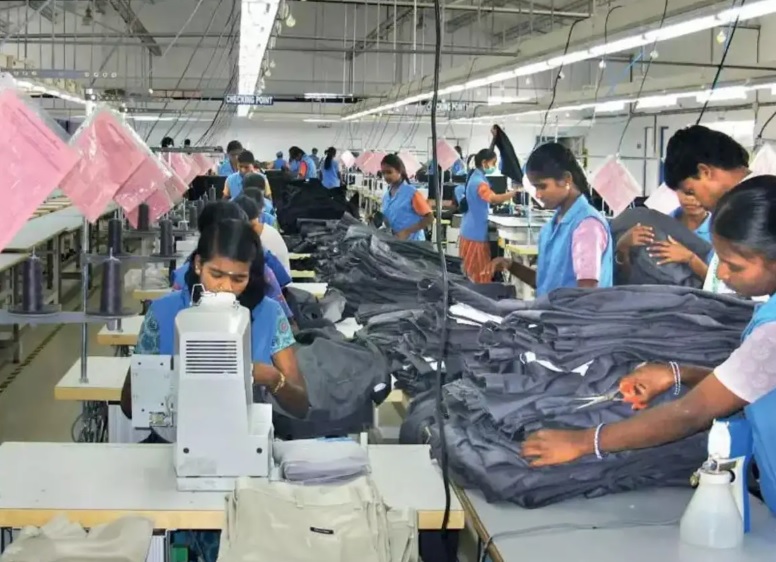Bangladesh wants to develop its silk industry. The traditional silk industry has lagged behind economically and market is limited. Original silk has been replaced by synthetic duplicates. Bangladesh imports 486 tons of silk mostly from China every year as the local production of raw silk is only 24 metric tons against the demand of 510 tons. Local production of silk meets only 4.7 per cent of the domestic demand.
The country also wants to encourage production of quality silk for export. The main constraints of the silk sector in Bangladesh are a shortage of local mulberry production, obsolete technology, poor advertising, inadequate capital and insufficient governmental facilities. The sericulture industry in the country has largely become stagnant. Silk production declined dramatically over 1995 due to an increase in VAT on imported silk, followed by devastating floods in 1998.
Mulberry leaf is the food on which the silkworm lives. Production of raw silk is directly dependent on the production of this leaf. In Bangladesh mulberry plantation occupies now about 4,000 hectares. Bangladesh today can produce 80 to 100 metric tons of raw silk if it utilises its present resources. India is the second largest producer and the largest consumer of silk in the world.
Bangladesh set to revive silk industry
- 1
- 2
- 3
- 4
- 5
- 6
- 7
- 8
- 9
- 10
Weaponizing E-Commerce: What the M&S cyberattack reveals about retail's new …
The recent cyberattack that brought down Marks & Spencer's (M&S) online operations for nearly seven weeks has highlighted a critical,... Read more
Nylon's New Frontier: Marrying strength with natural grace
For decades, nylon has been synonymous with exceptional strength, durability, and resilience. From mountaineering gear to industrial applications, its tough... Read more
The Textile Revolution: Polyester's quest for natural perfection
For decades, polyester has been the workhorse of the textile industry, valued for its durability, wrinkle resistance, and affordability. However,... Read more
Global Sourcing Expo: Australia's premier sourcing hub expands reach and vision
The Global Sourcing Expo, a pivotal event connecting global suppliers with Australian trade buyers, continues to solidify its position as... Read more
Beyond the Booths: How Global Sourcing Expo is redefining the Asia-Pacific sourc…
With the successful completion of third edition of Global Sourcing Expo Sydney, Julie Holt, Global Business & Exhibition Director, Global... Read more
Retail slows as trade accelerates, the paradox of 2025 fashion: Wazir Advisors J…
The global apparel industry, often a reliable barometer of consumer confidence and trade health, is passing through a delicate recalibration.... Read more
Tiruppur, India's knitwear powerhouse defies odds, challenges global giants
In the global textile manufacturing market, where countries like Bangladesh and Vietnam leverage preferential trade agreements (FTAs) to dominate export... Read more
The rise of the intrinsic durability multiplier in fashion
The conversations at the recent ‘Innovation Forum’ have blossomed into a clear call to action: the fashion industry is under... Read more
Viscose transforms from ‘Artificial silk to sustainable innovation
Viscose, often dubbed ‘artificial silk’ earlier, has a long and complex history in the textile industry. A regenerated cellulose fiber,... Read more
Rethinking Textile's Future: Innovations in sustainable fibers and circularity
The textile industry is increasingly focusing on natural fibers and circularity, with new research and initiatives pointing towards a more... Read more












